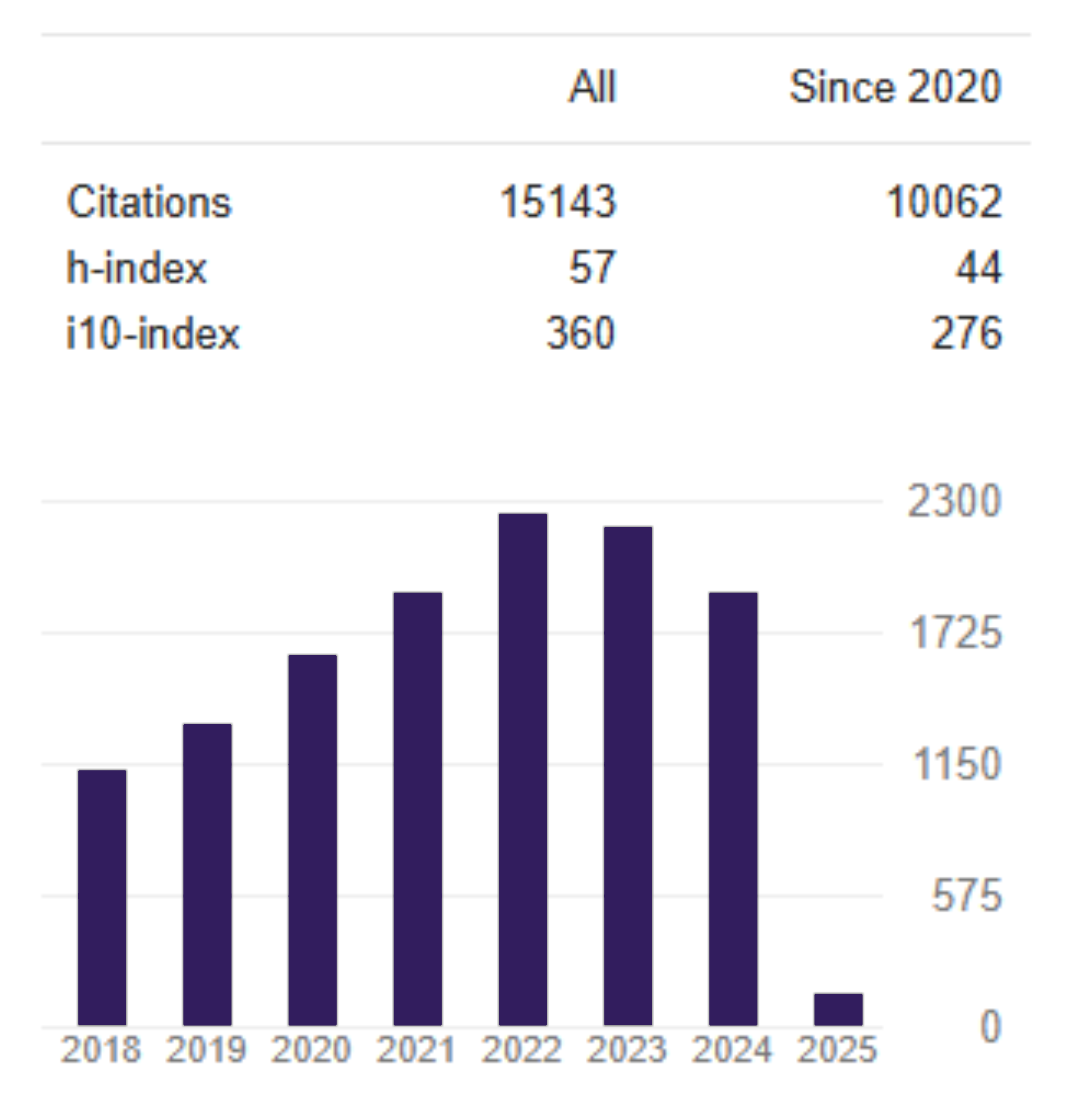Examining belief-adjustment model and investors overconfidence on investment decision making
DOI:
https://doi.org/10.26905/jkdp.v23i4.3203Keywords:
Belief-adjustment Model, End-of-sequence, Investment decision, Overconfidence, Step-by-stepAbstract
This research aims to examine whether there is a different judgment between the investor who receives good news followed by bad news and the one who receives bad news followed by good news information order in the step-by-step and the end-of-sequence disclosure pattern by using financial information type and non-financial information type and overconfidence characteristics on investment decision making. This research is included in the experimental design by using a mixed design of between-subjects and within-subject design and classified as experimental research which uses the 2x2x2 method. Participants used in this research are undergraduate business students in STIE Perbanas Surabaya who are studying and/or have completed investment management and/or financial statement analysis courses who will serve as non-professional investors. The results obtained in this research showed that recency effect occurred between the investor who receives good news followed by bad news and the one who receives bad news followed by good news in the step by step disclosure pattern, while there is no order effect occurred when the disclosure pattern used is the end-of-sequence.
JEL Classification: G02, G11, G17
Downloads
References
Almilia, L. S., & Supriyadi. (2013). Examining belief adjustment model on investment decision making. International Journal of Economics and Accounting, 4(2), 169-183. https://doi.org/10.1504/ijea.2013.055171
Almilia, L. S., & Wulanditya, P. (2016). The effect of overconfidence and experience on belief adjustment model in investment judgement. International Research Journal of Business Studies, 9(1), 39 – 47. https://doi.org/10.21632/irjbs.9.1.39-47
Almilia, L. S., Wulanditya, P., & Nita, R. A. (2018). The comparison of investment decision and belief adjustment model on investment decision making. Jurnal Keuangan dan Perbankan, 22(3), 405 - 417. https://doi.org/10.26905/jkdp.v22i3.1880
Ashton, R. H., & Kennedy, J. (2002). Eliminating recency with self-review: The case of auditors ‘going concern’ judgments. Journal of Behavioral Decision Making, 15(3), 221–231. https://doi.org/10.1002/bdm.412
Elliot, W. B., Hodge, F. D., Kennedy, J. J., & Pronk, M. (2007). Are MBA students a good proxy for nonprofessional investor? The Accounting Review, 82(1), 139-168. https://doi.org/10.2308/accr.2007.82.1.139
Gerhard, P., Hoffmann, A. O. I., & Post, T. (2017). Past performance framing and investors’ belief updating: Is seeing long-term returns always associated with smaller belief updates? Journal of Behavioral and Experimental Finance, 15, 38-51. https://doi.org/10.1016/j.jbef.2017.07.007
Ghosh, D., & Wu, A. (2012). The effect of positive and negative financial and nonfinancial performance measures on analyst recommendations. Behavioral Research in Accounting, 24(2), 47–64. https://doi.org/10.2308/bria-10283
Hogarth, R. M., & Einhorn, H. J. (1992). Order effect in belief updating: The Belief-Adjustment Model. Cognitive Psychology, 24(1), 1-55. https://doi.org/10.1016/0010-0285(92)90002-j
Huisman, R., Van der Sar, N. L., & Zwinkels, R. J. C. (2012). A new measurement method of investor overconfidence. Economics Letters, 114(1), 69-71. https://doi.org/10.1016/j.econlet.2011.09.022
Merkle, C. (2017). Financial overconfidence over time: Foresight, hindsight, and insight of investors. Journal of Banking & Finance, 84, 68-87. https://doi.org/10.1016/j.jbankfin.2017.07.009
Nahartyo, E. (2012). Desain dan Implementasi Riset Eksperimen. Yogyakarta: UPP STIM YKPN.
Pinsker, R. (2007). Long series of information and non-professional investor’s belief revision. Behavioral Research in Accounting, 19(1), 197–214. https://doi.org/10.2308/bria.2007.19.1.197
Pinsker, R. (2011). Primary or recency? A Study of order effects when nonprofessional investors are provided a long series of disclosures. Behavioral Research in Accounting, 23(1), 161–183. https://doi.org/10.2308/bria.2011.23.1.161
Trivers, R. (2004). The element of a scientific theory of self-deception. Annals New York Academy of Science, 907(1), 114–131. https://doi.org/10.1111/j.1749-6632.2000.tb06619.x
Downloads
Published
Issue
Section
License

This work is licensed under a Creative Commons Attribution-ShareAlike 4.0 International License.



